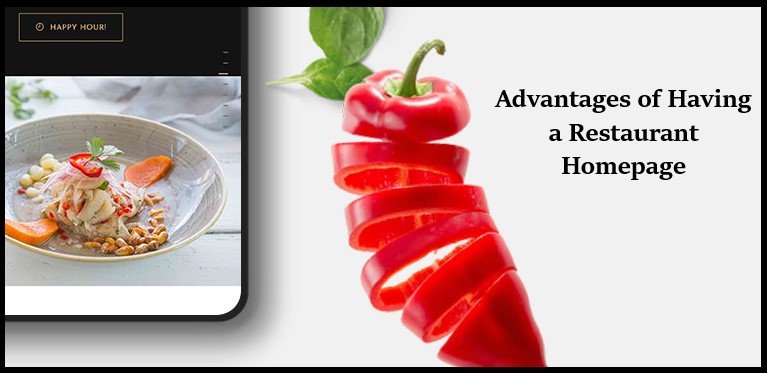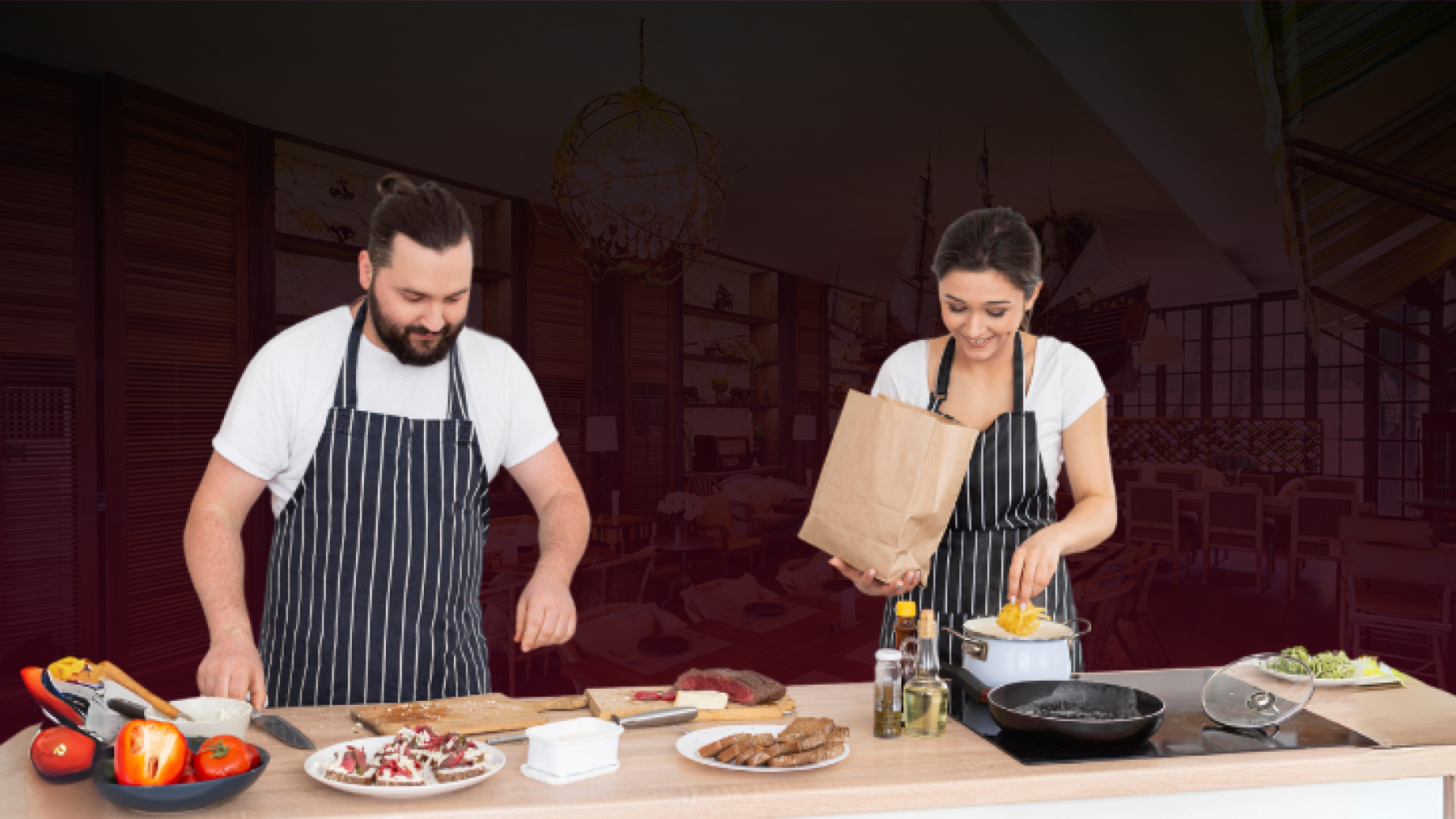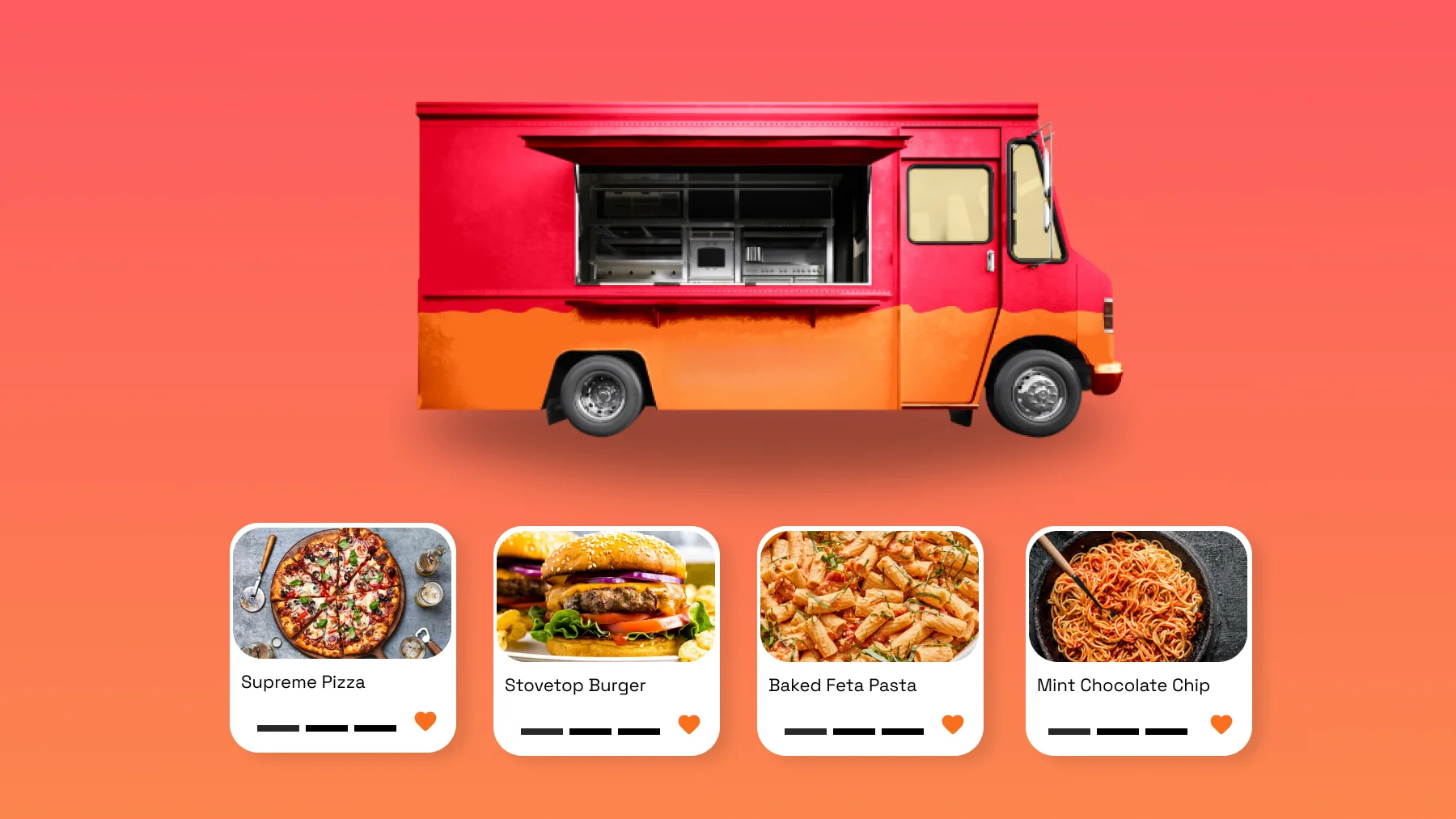Advantages of Having a Restaurant Homepage
Any business today can seldom get away without a dedicated homepage. Having a splendid web presence is essential not just for existing customers to stay updated but also for potential customers to spot you and understand your services as quickly as possible. Since each restaurant is unique in its own way, your website should be professional and original by all means. Wondering whom to reach out to for building your restaurant website?
Let us first have a look at the advantages of having a dedicated homepage for the restaurant.
i) Diners always have a look at a restaurant’s online menu before visiting an establishment. They carefully look at features including the cuisine, price range, ambience, etc. before making a decision. Only an effective restaurant website can provide them with information that they are looking for and convince them to make a visit.
ii) Having a dedicated website will entice new visitors and motivate them to consider your restaurant over your competitors. When a website has been built keeping in mind the SEO guidelines, a restaurant can be assured of new customers checking in every other day.
iii) People looking for a cozy restaurant offering them a great dinner or a place to grab a quick snack resort to search engines to provide them with viable options. By adding a helpful route description on the restaurant website, people can come swarming in search of you.
iv) It is true that a hospitality’s business depends on bringing people through the doors. But, a good restaurant website will accomplish the convincing task within no time. And, with the number of online table reservations and food ordering increasing tremendously, restaurants must not overlook or underestimate the potential of a good website.
v) Eateries that offer take-away or delivery services can boost sales by adding an interactive menu to the restaurant homepage. This will allow customers to place their orders directly with the restaurant.
Options to Build a Restaurant Website
Creating a restaurant website is no longer a humongous task. There are also plenty of options to choose from. The days when people had to possess knowledge of HTML or CSS to create a website no longer exist. Restaurateurs can now make use of different tools for website creation and get the task done professionally even without hiring an expert.
Content Management Systems (CMS):
CMS is a software created specifically for publishing content online. This software makes use of templates and plugins for website designing. Website creation using WordPress requires very minimal effort or know-how. Several options are available for free and the website will be ready within no time. While making use of WordPress, restaurateurs need to allocate a considerable amount for web space and certain extensions that they might desire.
Website Builders:
Utilizing a restaurant website builder, a simple-to-use online tool is the easiest and most cost-effective way in getting a website ready. Website builders allow restaurant owners to create a homepage meant for business and revenue generation within minutes. They provide restaurateurs with mesmerizing templates that can be customized to suit the restaurant’s unique needs, brand and cuisine.
Creating a Restaurant Website With Eye-catching Design
Only when the visual component of a website is alluring, people get a good first impression and begin to relate with the brand. Therefore, spending time on creating an outstanding design is a true investment. The essential steps to follow to achieve this are:
1. Determine the Central Idea/Style:
Eating out is not simply consuming food at a table. While launching a restaurant, restaurateurs spend a lot of time trying to create an atmosphere that is unique and unforgettable. Restaurant owners must remember that a restaurant website design is all about rendering the same mood of the eatery in an online mode.
For regular visitors, the website will represent the place they always prefer and favor. And for those who are new to the restaurant, the website is nothing short of a perfect communication tool intended to create positive impressions.
2. Plan the Content:
Can you approach the preparation of a meal without choosing the ingredients first? It is not possible and doing so makes the process tedious and less fruitful. The same applies to web design as well. One cannot plunge into the process without deciding what pages or sections will form a part of the design.
Restaurateurs must ponder on what information they wish to provide visitors with (opening hours, contact details, photo gallery, online menu) and what kind of actions they want guests to perform on their website (making table reservations, placing online food orders, paying directly to the restaurant).
To help you with the process, find below our recommendations for a good restaurant website.
i) Homepage:
This is the first place from where a restaurateur must start planning. Serving as an entryway to the site, a homepage must never fail to gain a good first impression. A restaurant website’s homepage must be clean, uncluttered and provide only the most important information that visitors require at once. The restaurant’s name should be placed prominently followed by a small tagline that could explain your cuisine or type of service. Adding attractive images to the homepage is yet another tactic for getting visitors hooked on to the site.
ii) Menu:
Since food forms the core of the business, it should be the essence of the restaurant website and its design too. The appetite of visitors must be kindled by highlighting the signature dishes of the restaurant on the website. Mentioning the prices and special offers is an added advantage. Create a menu that looks and works alike on desktops and mobile. Keep the online menu clear, intuitive and search-engine friendly so that visitors are motivated to place food orders. Divide the menu into appropriate sections and improve its readability.
3. Create an Online Reservation Form:
Enabling customers to make reservations through the restaurant website is not just convenient for them, but profitable for the business too. Restaurant staff are saved from the tedious task of answering phone calls or checking mails. A simple online reservation form will get the work done in minutes – that too without errors. Customers are empowered to book a reservation from any place they are in.
Restaurateurs can avail the service of free and easy to install plugins that facilitate quick confirmation or rejections regarding reservations. It also sends out custom email notifications while automatically blocking reservations when they are full or closed.
4. Template Customization:
Restaurants must begin to customize the website template by adding their own logo, updating the header and footer, adding or removing pages (location, opening hours, online menu) and including any integrations (Eg. OpenTable).
5. Serious Local SEO:
People are rapidly searching on Google using phrases like “restaurants near me”. Since search engines play a crucial role in helping people decide about which place to dine-in or order, restaurants must use a custom domain name and keywords that distinctly describe the business and the cuisine. These keywords must be used on page titles, headings and also frequently in the body copy.
Setting up an account on Google My Business will ensure that the restaurant wins great ranking during search results.
6. Link to Social Media:
Marketing efforts will be fruitful only when consistent. Restaurants must strive to create a consistent brand experience – through the website, through interpersonal relationships and interactions and also via social media. If restaurateurs want to make it possible for guests to keep in touch with them effortlessly, connecting the social media to the website is one mandatory step during website design planning and execution.
Social media pages must stay loyal to the brand, menu and culture. While the social media strategy can be treated as a whole, content must be fine-tuned and curated to suit different social media platforms.
While Instagram must be kept visual with alluring photography or shots from behind-the-scenes, the restaurant’s Facebook account must be used to share updates or create and promote upcoming events.
Restaurants must embed the social media links directly on the website without fail, making it easy for visitors to access pages and also share it with others.
7. Seeking Feedback:
With the above steps executed with care and caution, there is just one final check to be done before publishing the website. The site must be previewed for broken links, spelling mistakes and other miscellaneous errors. Before publishing the site for everyone to see, it is safe to send the link to a few trustworthy members and ask them to thoroughly review and scrutinize the site.
Fans must be asked to report their honest opinions and feedback based on their experience. They can be asked to bring any navigation problem or other mistakes to your attention. People examining the site can also be asked to reserve a table or order a meal in order to double check the efficiency of the online system. It is always advisable for friends or family members to spot such mistakes rather than the customers noticing and reporting it.
Attract New Customers. Retain Loyal Ones:
Restaurants must make use of built-in features like email newsletters, event calendars, blogs and social media integrations to keep providing customers with new and fresh content that will not only attract new visitors, but also keep present customers coming back frequently to stay updated with the latest news from the restaurant.
This blog must have been helpful in making you understand the significance of having a website and also in providing you with suggestions to get an effective website up and running. Get in touch with Restaurantify for free restaurant website creation and other digital marketing requirements.
LATEST BLOG POST
What Is Happy Hour? 10 Foolproof Ways to Make Your Happy Hour Successful
ShareTweetSharePin0 Shares
What does a hostess do at a restaurant? Duties And Responsibilities
ShareTweetSharePin0 Shares
200 + Cafe Name Ideas That Will Make Your Business Stand Out
ShareTweetSharePin0 Shares
How to Craft an Effective Restaurant Mission Statement: A Step-by-Step Guide
ShareTweetSharePin11 Shares
How to Create Food Truck Business Plan? Complete Guide
ShareTweetSharePin11 Shares
How to Choose the Right Restaurant Name (+ 190 Great Ideas & Examples)
ShareTweetSharePin11 Shares








